Letters - August 2025
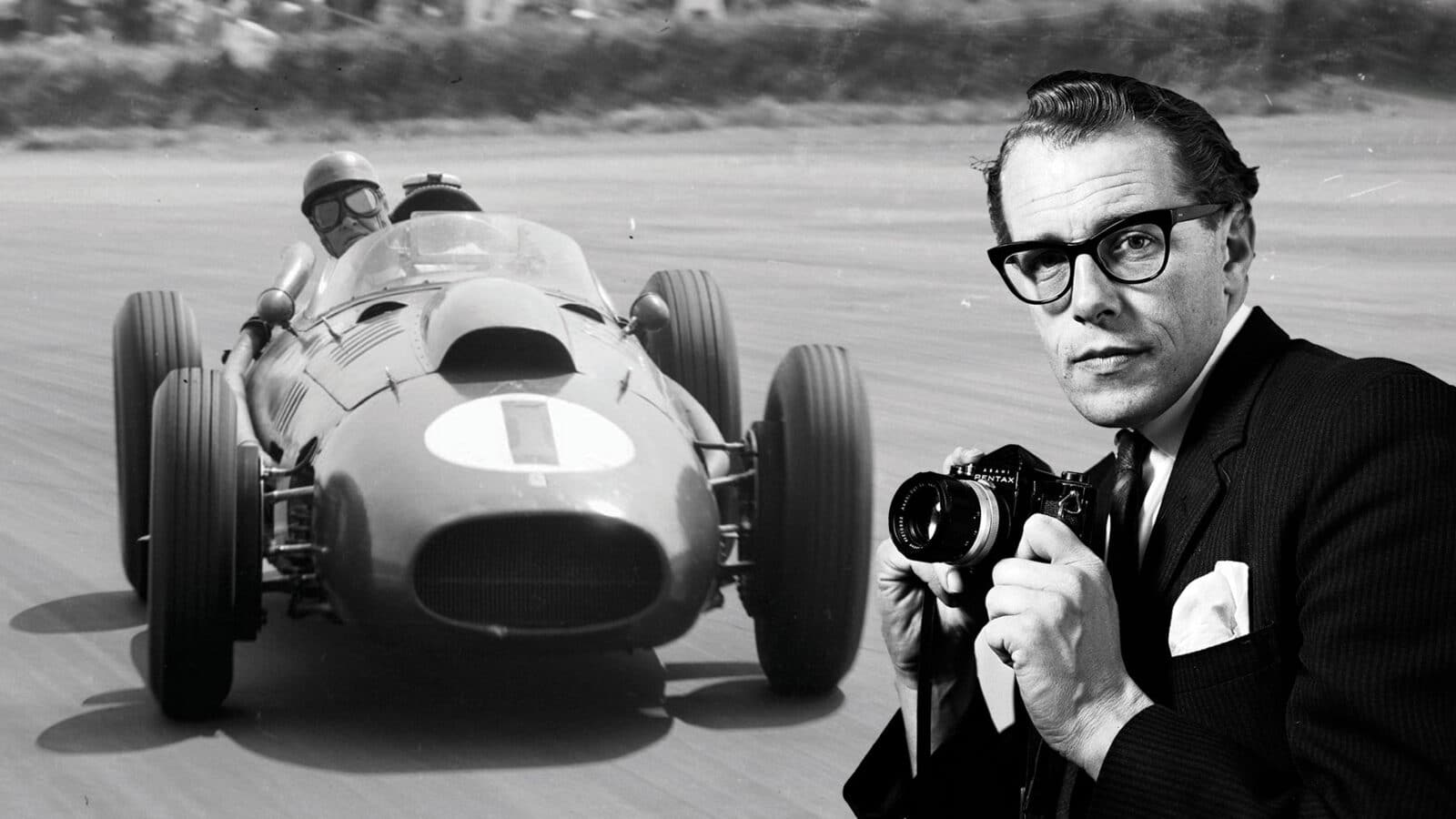
Health & Safety? Victor Blackman, below, was typically close to the action at the 1958 British GP to get this shot of Ferrari’s Peter Collins, left
Getty Images
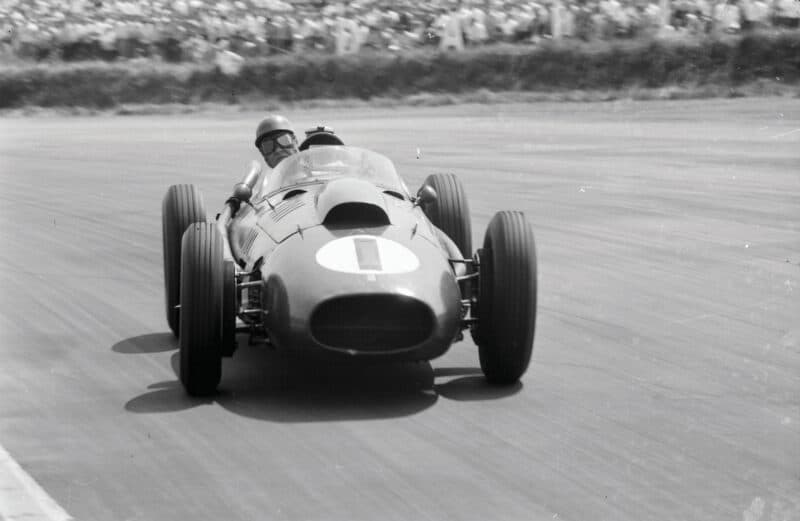
Victor Blackman photo of Peter Collins
Getty images
In recent issues you’ve dealt with the dark days when safety didn’t match the standards of today. In the ’50s and ’60s there were still remnants of the wartime attitude to risk, not just by drivers and spectators but by the press, e.g. Denis Jenkinson’s epic co-drive in the Mille Miglia. It prompted memories of Daily Express photographer Victor Blackman who snapped many hair-raising shots by standing in areas of extreme danger. On a couple of occasions, as a Kent Messenger reporter, I took a camera to Brands Hatch and joined him on the grass on the Paddock Bend, securing photos of shunts, secure in the knowledge that if a spinner came my way I would step aside. In my subsequent minor racing career I was never in such a position of potential disaster. Yet at the time it never crossed my mind and, apparently, nobody else’s.
Frank Barnard, Shapwick, Somerset
Following the Canadian Grand Prix in mid-June, Lando Norris was quick to take the blame for the crash with Oscar Piastri and everyone jumped on his comments and agreed it was his fault!
Correct me if I’m wrong, but there were two cars involved in the crash and Oscar is not blameless. Oscar was aware that Lando was behind him. He was also aware that Lando was faster than him, so why did he do a Max Verstappen and push him into the wall (re-watch the video from all angles before disagreeing).
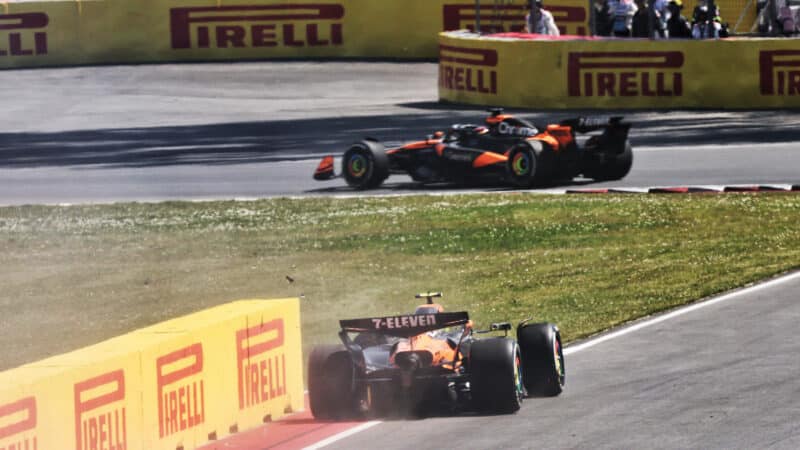
It takes two to tangle: Lando Norris said he was at fault for his Canadian GP crash… but not all agree
The way we are led to believe that McLaren operates is that the team is more important than any driver, so why didn’t Oscar behave in the team’s interest?
Further, in the past Lando has been asked to hand the lead to Oscar despite being the faster car, so why wasn’t Oscar instructed to let Lando past?
Seems to me that McLaren favours one driver despite pleading otherwise!
Andrew Wood, Biddulph, Staffordshire
I have a collection of photographs and information that may be of interest to the owner of an ex-Chris Featherstone 1960 front-wheel-drive Bond Formula Junior race car. It came to light following the death of Chris Featherstone just over a year ago. No surviving family member is interested in the package which is such a shame. As an owner of a rare Martin Raymond Mk3 Daren FVC any paperwork regarding these old cars should be passed on to the new owner.
Phil Froud, via email
We are happy to put anyone interested in touch directly with the letter writer. Just email us at the usual address – Ed
I read with interest your article on McLaren brakes and the Renault 111-degree V10 [F1 Frontline, July issue].
I used to work for Ilmor and vibration of flat-crank V8s was not only a problem due to secondary unbalance, but with the valve timings used at the time and the combination of engine speed and valve mass. The addition of the stab torques of all four camshafts of a 90-degree V8 caused sufficient torsional vibration to result in valves hitting pistons. This was solved by using pendulum dampers often rotating at the same speed as the idler gear.
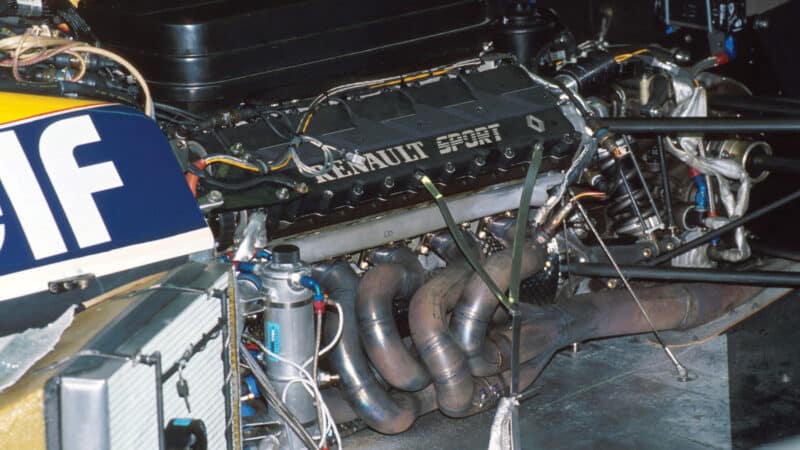
V is for victory: Renault’s RS V10 engines started at 67 degrees in 1989; by 2001 it was 111 degrees
Getty Images
When V10s were used in F1 and engine speeds had increased, attention had to be paid to selection of the V-angle as this could have significant effect on the way in which the stab torques added up and the amount of consequent vibration.
I knew that Renault had had problems with torsional vibration of its V10 and could make a fair guess of the valve timings and computed the likely total stab torques, which were rather too large to be acceptable. I repeated the computation for a V-angle about 35 degrees less and this reduced the magnitude of the stab torques significantly. Many thanks for a great magazine which I have read for the last 65 or so years.
Jeff Williams via email
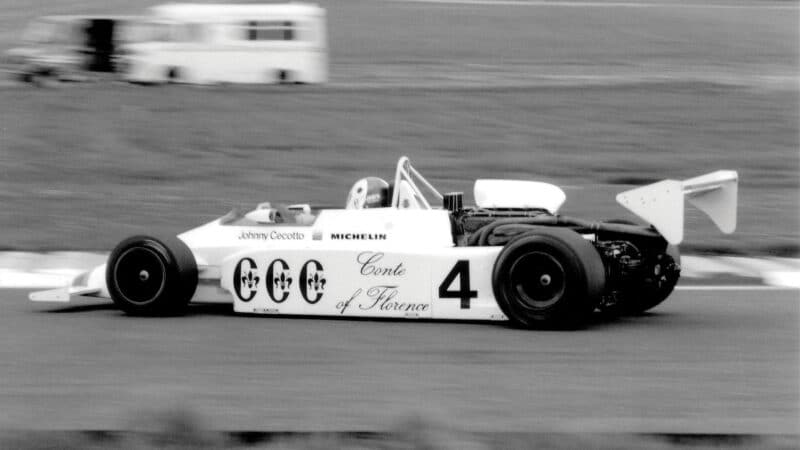
F2 driver Johnny Cecotto was on blistering form at Thruxton in 1982 – and was all smiles for our letter writer in the paddock, below left
Max Oxley’s recent homage to Johnny Ceccotto [Motorbikes, May issue] had me rifling through my old photos from the F2 meetings held each Easter at Thruxton. I remembered vividly that I convinced my wife to ask for his autograph, on the basis that no driver would resist the request of a young woman, and one of my photos shows he willingly obliged.
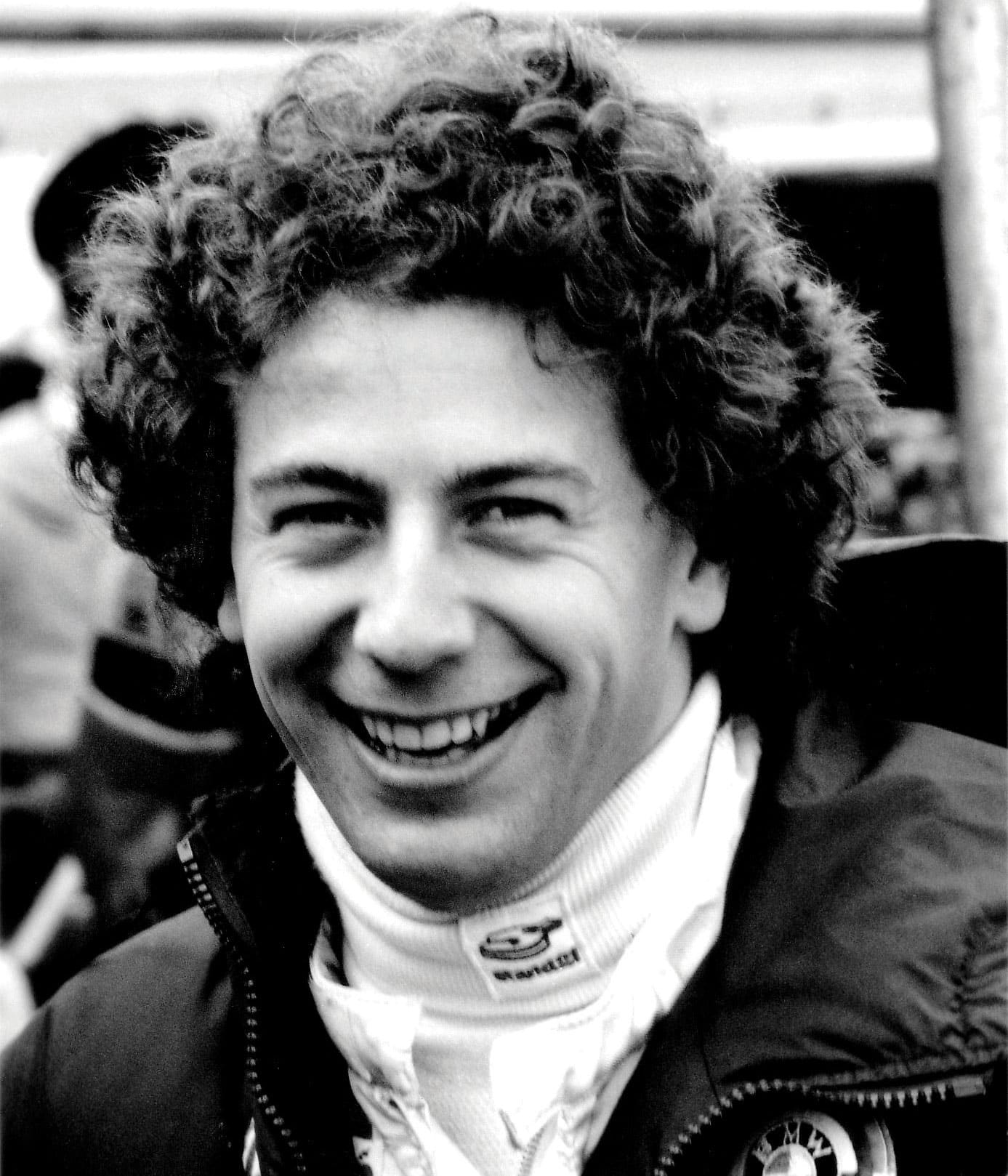
However, it was my other photo that I took of Johnny in the paddock at the same meeting that I like best. It probably says more about his personality than words ever could. As I recall, he finished first overall in his works March 822 with Rosche-tuned BMW power that Easter Monday back in 1982. A delightful individual.
Geoff Mitchell, Farnborough, Hampshire
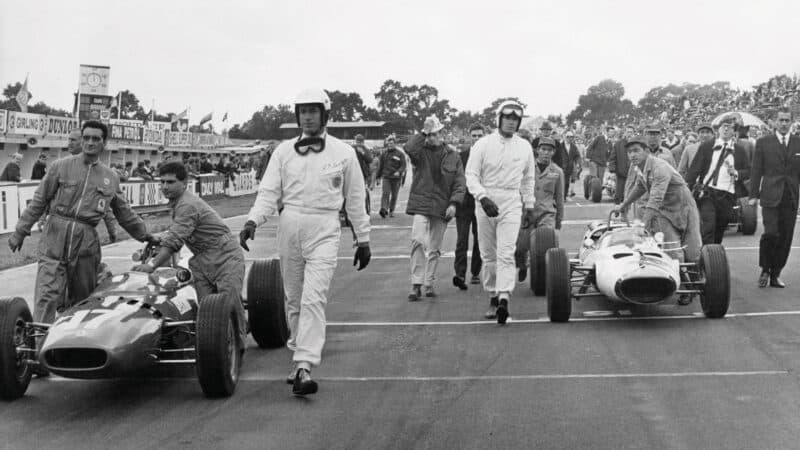
Yves Montand and James Garner were convincing F1 drivers in Grand Prix… Graham Hill less so
Getty Images
Your caption to one of the film posters featured in your July issue [Works of art] is not strictly accurate.
While the 1966 film Grand Prix featured genuine footage and real drivers, including cameos by Graham Hill (often making humorously sardonic facial expressions), Jack Brabham, Jochen Rindt and Bruce McLaren, Jim Clark was very noticeable by his absence, appearing only very briefly in background footage.
Bob Kindred mbe, Ipswich
Initially, Jim Clark and Jackie Stewart had no part in Grand Prix, but they did after the rival Steve McQueen F1 film they’d signed up for failed to get off the ground. As Sir Jackie says, “We got paid twice!” – Ed
Your mention in the July issue of the John Frankenheimer movie Grand Prix made me giggle [Beyond the grid & behind the scenes]. I had never bothered to consider if the fruit on show was out of season! (Pears in spring.)
I think that’s being a tad hypercritical of what was and still is a beautiful homage to 1960s motor racing. The use of so many pro drivers of that era and the setting at a range of proper old-school tracks is just a delight.
When we celebrated the 50th anniversary of the launch of the film there was a one-night screening in the local cinema at Stavelot – Belgium’s second-oldest cinema and only 5km from the track at Spa-Francorchamps.
To see it on the big screen was terrific and I was sat next to an old gentleman who pointed himself out in the crowd scenes just to add some extra atmosphere to it all!
We have a one night preview of the new movie F1 coming up in the same cinema and I even reserved my ticket but I cannot imagine it will rival Grand Prix.
Neil Leigh, Spa, Belgium
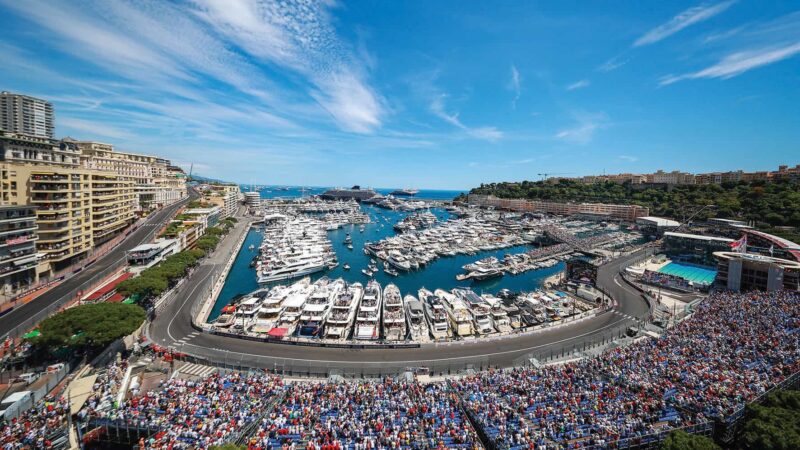
How do we liven up the Monaco GP? Our reader from sunnier climes has the answer
Getty Images
Like many I watched with sadness some of the best drivers in the world cruising around the streets of Monaco, and listened to the debates afterwards with as many ideas as Stirling made gear changes in 1961. The answer would cost very little and is staring them in the face. Run it the other way around!
David McLaughlin, the Bahamas
